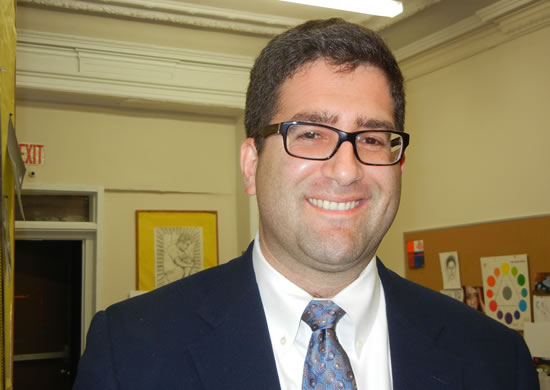GUEST EDITORIAL
Educating the Whole Student
By Matthew G. Mandelbaum, Ph.D.

Amongst a room full of young teachers for grades Pre-K to 12, I ask, “Who has heard of the concept of educating the whole child?” The room is suddenly divided between raised hands of Early Childhood and Childhood educators and hands lowered of their Adolescent counterparts. I ask one Childhood educator to define whole child education for us. She said, “It means to consider educating the student on the intellectual, emotional, social, and physical levels, always considering the student’s overall development towards greater achievement in academics and in life.” That sounded like a pretty good concept for a teacher and for a student. I asked the group, “Who thinks that the description offered should be a given in education for everyone?” They all raised their hands. So, I asked them, “Who has ever heard of educating the whole adolescent?” No one had. Dead silence turned to sighs. “Why not?” I wondered aloud, “Does something end in 5th or 6th grade and we forget the whole person? Shouldn’t 21st Century education, with its focus on preparing individuals for success in the world, focus on the entire person, especially as they transition into adulthood? Where can we find the whole adolescent education in action?”
At least some students who need this type of learning are getting it at Robert Louis Stevenson School (Stevenson-school.org) on the Upper West Side of Manhattan. For over 52 years, Stevenson has been integrating social-emotional and academic education for bright adolescents in Grades 7-12, who have been underachieving due to social-emotional difficulties and/or learning differences. By focusing on the whole adolescent, Stevenson helps students recalibrate their lives to be full of meaning, purpose, and accomplishment. The Stevenson faculty helps students set S.M.A.R.T. goals that are attainable across disciplines - in the fine and performing arts, the humanities, the sciences, in technology, and in physical education. Stevenson helps build self-esteem, self-efficacy, and self-confidence. Students are able to rejoice in their successes, but also are able to tolerate and learn from their failures. Resilience grows out of these experiences with the safe, structured support of teachers and advisors. The result is a 100 percent college acceptance rate with appropriate matches. Recognition of our unique services is reflected in the fact that most of the students receive significant funding from their districts. Educating the whole person should be a focus across development as we learn to increase potential and growth for all. #
Matthew G. Mandelbaum, PhD is the Director of Outreach, Robert Louis Stevenson School in NYC.
